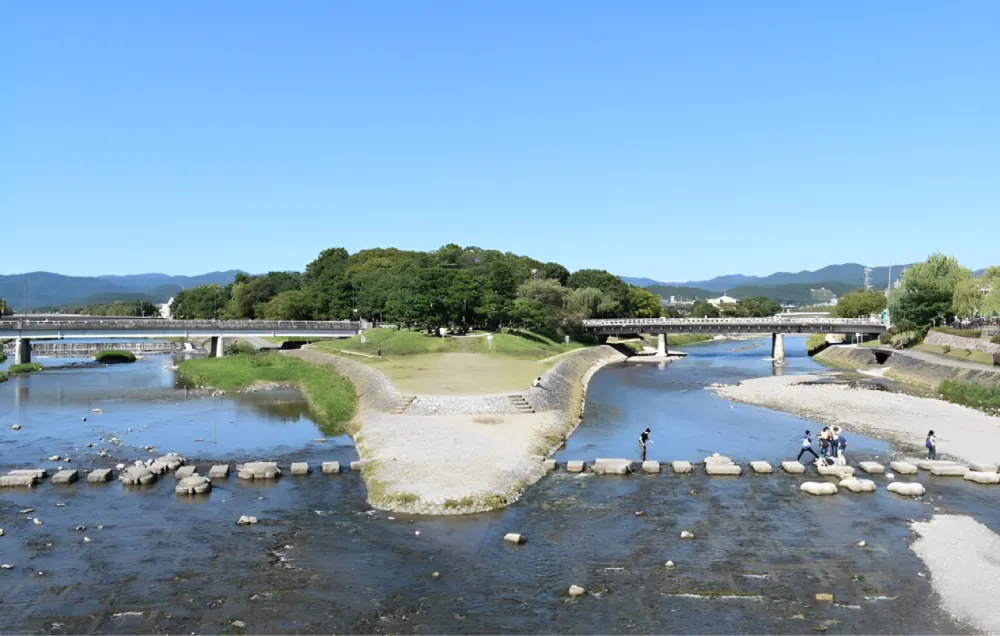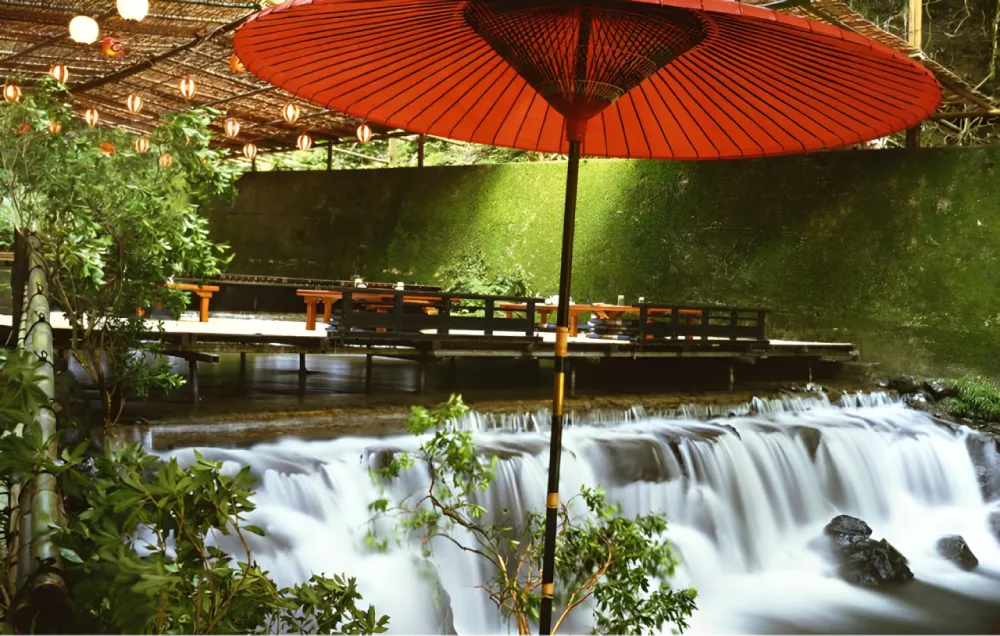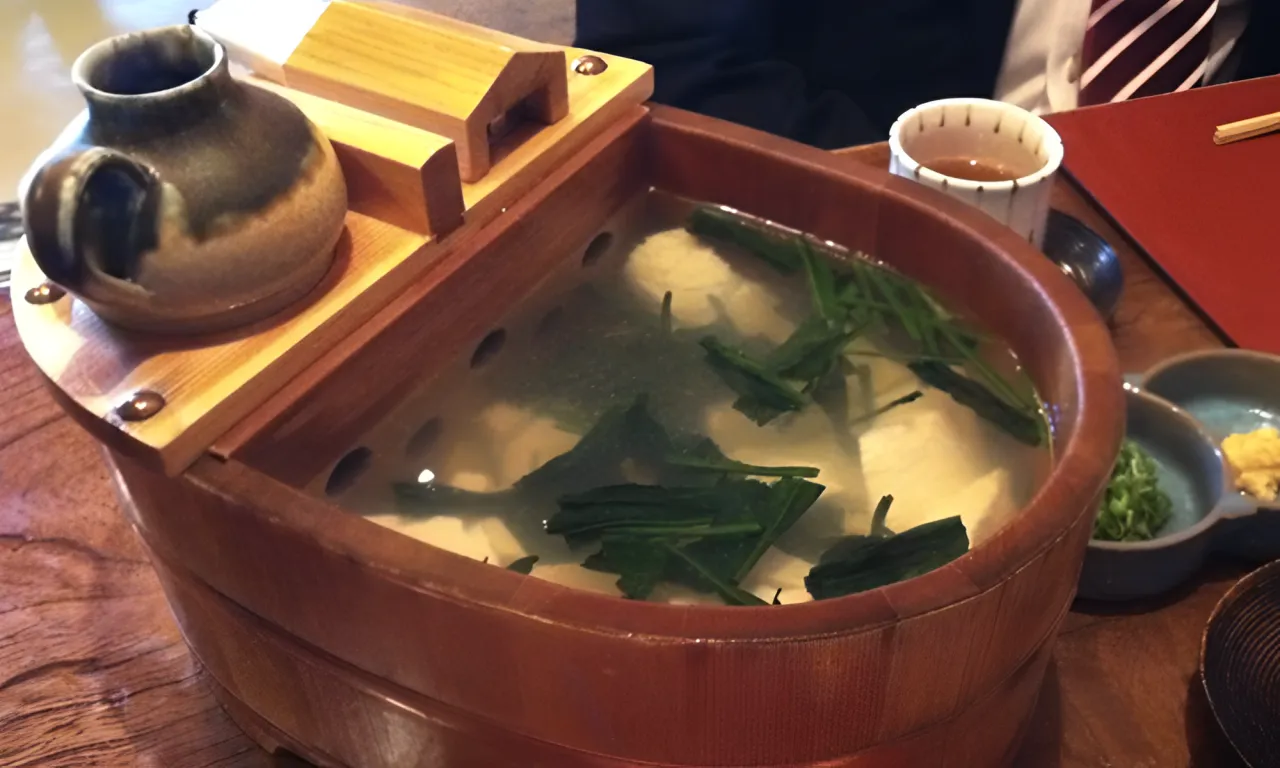History
The Kamo River in Kyoto has been a major part of Kyoto's history and culture from the Heian Period to the present.
When the Heian-kyo Capital was established in 794, the Kamo River was positioned as an important river flowing east of the capital. At that time, it was also used as a source of water for daily life and played an important role in agriculture and fishing. Aristocrats in the Heian
period (794-1185) enjoyed river boating and river cruises in the form of “yuen,” or feasts, to enjoy the scenery along the Kamo River. Especially during the cherry blossom and autumn foliage seasons, there was a culture of enjoying elegant games, such as composing poems and playing
music along the river.
In the medieval period, the Kamo River was subject to frequent flooding. Shoguns and feudal lords such as Ashikaga Yoshimitsu took measures against flooding by building levees along the Kamo River and managing the river's flow.
During the Edo period, “Ponto-cho” was formed along the Kamo River, and the kawadoko culture of the Kamo River developed. Ponto-cho developed as a ryotei (Japanese-style restaurant) district along the Kamo River, and together with the Kamo River, it has been handed down as a culture
unique to Kyoto.
In the Meiji period (1868-1912), the Kamo River was further developed and modern river management was implemented. As a result, the paths along the Kamo River were developed as footpaths suitable for strolling, jogging, and cycling, and became places for citizens to relax.
After World War II, the Kamo River was protected as an urban landscape of Kyoto City, and parks and walking paths were developed along the river. Today, the river is cleaned up and environmental protection activities are carried out, and the ecosystem, including wild birds and fish,
is maintained in abundance. The “Kamogawa Delta” along the river is a special place for local people and has become a tourist attraction.
The Kamo River has been a part of Kyoto's history and has played a variety of roles and nurtured various cultures throughout the ages. Even today, the river is loved by many people and continues to be a symbol of Kyoto. In order to maintain Kyoto's unique scenery, height restrictions
have been established for buildings along the river, and efforts are being made to protect the landscape.





























